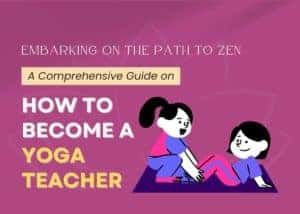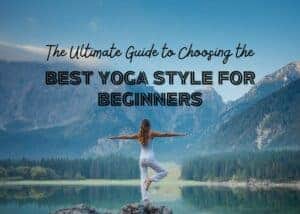Yoga is a powerful practice for body and mind. It is important to feel safe and respected during class. One question that often comes up is about touching.
Should a teacher touch you to help with poses? How do they know if it is okay? This article talks about consent in yoga class.
Table of Contents
Understanding Consent in Yoga
Consent in yoga refers to the voluntary agreement to engage in activities, particularly those involving physical touch, with a clear understanding of the situation. This concept is pivotal in creating a respectful and comfortable environment in yoga classes.
Importance of Consent in Yoga
Respecting personal space is paramount for fostering a sense of safety and trust among participants. When yoga teachers seek consent before making physical contact, it demonstrates a genuine concern for the students’ feelings, ultimately building trust between the teacher and the student.
Benefits of Hands-On Adjustments
Providing consent to hands-on adjustments can enhance the yoga experience. Teachers can help students improve their poses, ensuring proper alignment and minimizing the risk of injury. It’s essential, however, to recognize and respect individual preferences regarding physical touch.
Understanding Boundaries
Acknowledging that everyone has different comfort levels with touch is crucial. Students are empowered to say “no” if they are not comfortable with hands-on adjustments, and teachers must be receptive to and respectful of these preferences.
Effective Communication in Class
Open communication is key to a positive yoga experience. Students are encouraged to express their preferences to the teacher, specifying what adjustments they welcome or wish to avoid.
This transparent dialogue contributes to a better understanding between the teacher and students, enhancing the overall yoga practice.
Handling Discomfort
In instances where a student feels uncomfortable during a class, it is entirely acceptable to communicate this discomfort to the teacher.
Whether through moving away from the touch or verbal expression, open communication ensures that the yoga environment remains respectful of individual boundaries, promoting a positive and inclusive experience for all participants.
How Can Yoga Teachers Ask for Consent?
There are many ways to ask for consent. Here are a few:
- Before the class begins, a brief inquiry to ascertain if anyone prefers not to receive physical touch.
- Asking before helping with a pose if it’s your first time.
- Using consent cards that you can place on your mat to show if touch is okay.
Instructors: Respecting Students’ Wishes
| Do’s | Don’ts |
|---|---|
| Ask for consent first. | Assume everyone is okay with touch. |
| Use consent cards for students. | Ignore someone’s no to touch. |
| Respect each student’s choice. | Make someone feel bad for saying no. |
The Power of Choice in Yoga
Yoga is about feeling good in your own body. You should always feel like you have a choice. This is true for touching too.
Frequently Asked Questions On Consent In Yoga Class: Navigating The Touch Dilemma
Is Consent Necessary In Yoga Classes?
Consent is essential in yoga classes to ensure respect for personal space and comfort levels regarding physical adjustments by instructors.
How To Ask For Consent In Yoga?
Instructors can ask for consent verbally before class or through consent cards, allowing students to opt-in or out of hands-on adjustments.
Can You Refuse Touch In Yoga?
Absolutely, students have the right to refuse touch or adjustments and can communicate their preferences to the instructor at any time.
What Are Yoga Consent Cards?
Yoga consent cards are tools used by students to non-verbally indicate their preference for receiving or declining hands-on adjustments during class.
Conclusion
Remember, yoga is your personal journey. Speak up for yourself. Let your yoga teacher know your wishes. This will help you have a good yoga experience. Touch or no touch, consent is key!
Also Read:







